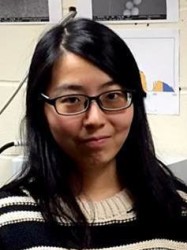BibTex format
@article{Pan:2022:10.1016/j.ijhydene.2022.09.044,
author = {Pan, Y and Wang, H and Brandon, NP},
doi = {10.1016/j.ijhydene.2022.09.044},
journal = {International Journal of Hydrogen Energy},
pages = {38774--38792},
title = {A fast two-phase non-isothermal reduced-order model for accelerating PEM fuel cell design development},
url = {http://dx.doi.org/10.1016/j.ijhydene.2022.09.044},
volume = {47},
year = {2022}
}

